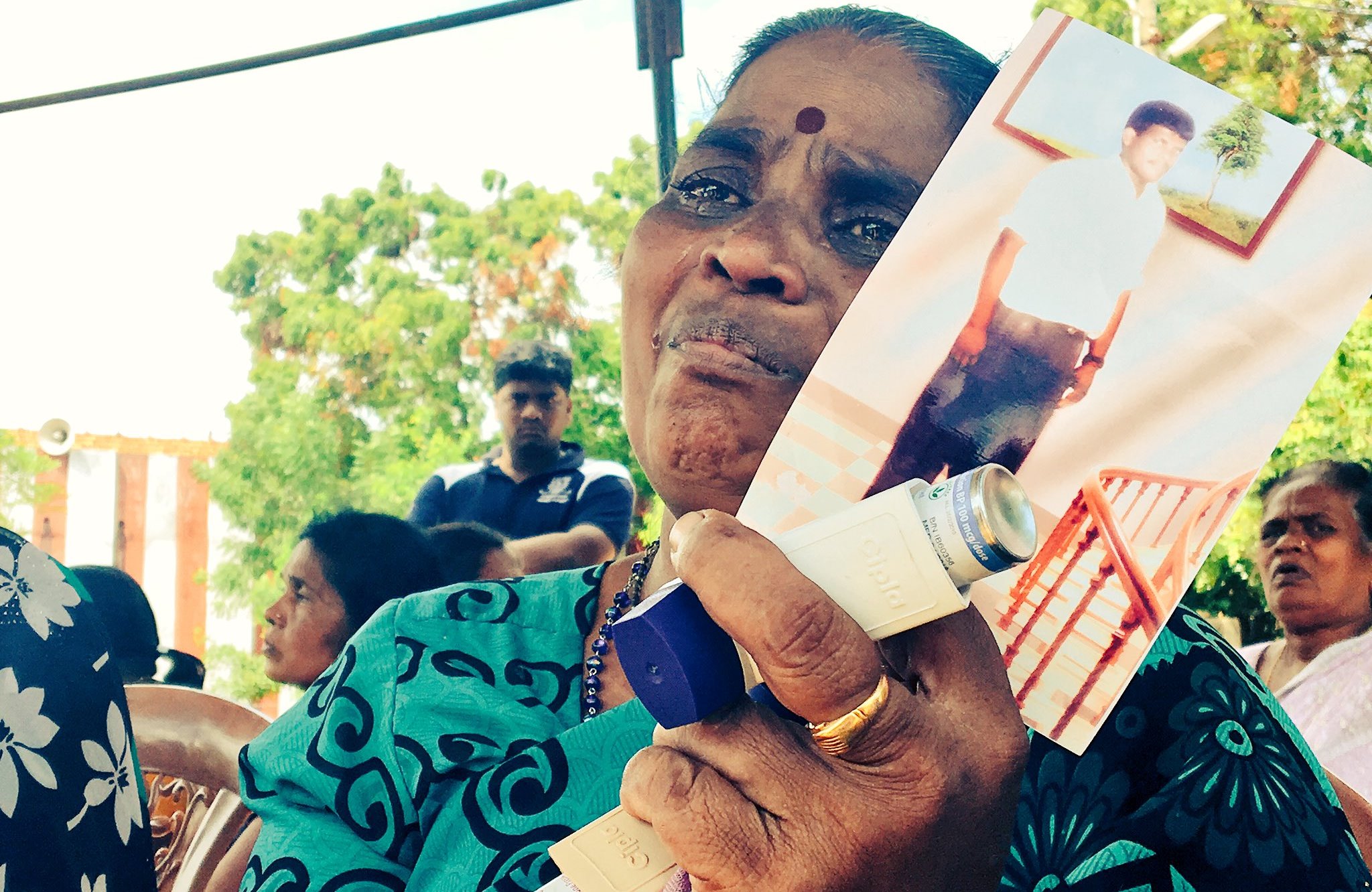State reforms as a domestic policy imperative

Featured image courtesy Sri Lanka Brief/@UthayaShalin
Earlier this week, Parliament debated, on an adjournment motion by the TNA, the unresolved issues of the North and East, namely dealing with the effects and the causes of the war. The former requiring specific reconciliation measures, and the latter reforms of the Sri Lankan state which enables the state to accommodate the full diversity of society. The attention of the Sri Lankan polity will also be focused internationally at the UNHRC in Geneva, where at its general sessions the resolution on Sri Lanka, dealing with our reconciliation and democratisation processes, would be on the agenda. Various reports in the popular press have a range of views on the reconciliation process and the current state of play, which broadly divide into two camps. In the south, opposition forces are agitating that the proposed reforms are a sell out and have consequently largely resigned from the steering committee of the Constitutional Assembly, but after having served on the sub committees during deliberations and the submission of their reports. In the North, opposition to the TNA leadership, paradoxically, largely from within its own ranks would claim that little or no progress on reconciliation has occurred.
The context for the current state of play, is the momentous elections of 2015, which abruptly ended what had seemed an invincible Rajapakse Administration and its policy direction of creeping authoritarianism and an entrenching of social divisions and ethnic polarizations. The elections of President Maithripala Sirisena and Prime Minister Ranil Wickremesinghe, opened a new chapter, in post war Sri Lanka, a government committed to the three pillars of democratization, reconciliation and sustainable economic development. The one hundred (100) day program of the new government succeeded in achieving the early wins and the easy tasks and the 19thamendment to the constitution, was the landmark achievement of that first flush of victory. The current tasks and challenges are now the harder tasks of state reform and it is important to bear in mind, why we should reform.
Earlier in this month of February, we celebrated our 69thanniversary of Independence and casting our minds back to 1948, Ceylon as we were then called was a land of rich promise. Looking back nearly seven decades later, we realize that our inability to deal with our diversity led us spending about three decades fighting a ruinous civil war, which eroded our democracy, polarised our society, stunted our economic growth and warped our social progress. It is not in the interest of any section of Sri Lankan society, that we live our next three decades, like we did in the last three.
The end of the war and the destruction of the armed capability of the LTTE in 2009, provided a unique second chance for us to recreate a united and tolerant Sri Lanka, accommodative of diversity and fulfilling the aspirations of all her peoples. Unfortunately, the Rajapakse Administration, which had provided the political oversight for the military’s defeat of the LTTE, seemed both unwilling and unable to chart a new course to provide either a peace dividend or a sustainable peace. It was amazing that in a short span of four to five years, it moved from an overwhelming victory to an ignominious defeat. The broad rainbow coalition of the “Yahapaalanaya” Administration was elected on a good governance and reform agenda, which would seek to utilise the window of opportunity we have for real and needed state reform.
The most important aspect of reform required by the general public is economic reform, for a dynamic and growing economy which fulfills the economic aspirations of all our peoples, including both urban and rural, young and old, professionals and entrepreneurs, the educated and the less well educated. The economic management leadership of the current administration would clearly articulate that they inherited an economy hobbled with excessive foreign debt spent on projects of dubious value at exorbitant and inflated costs, which in an unfavorable external environment has been a near insurmountable challenge to overcome. Well knowing though that the next election would all be about how economic benefits were delivered to the people.
The other aspect of needed reform is in the area of reconciliation and the government is moving in the right direction, though arguably at a pace slower than that wished by the people of the North and East and their elected representatives. However, the important fact is that the Government is on the right path, even if it has not progressed down that path, at quite the pace wishes by some. Even government leaders may well be frustrated by the pace of reform, but politics and policy reform is also the art of the possible, exploiting existing spaces complemented with comprehensive dialogue among stakeholders and such democratic processes take time and as the old adage goes, Rome was not built in a day and societies being complex, change slowly and incrementally.
Sri Lanka actually achieved a quiet people revolution through the ballot box in 2015 and started off on a new journey, which has perhaps passed its one third mark, but not yet reached even the half way stage. It must be provided the time, space and support, both locally and internationally to proceed down the path of reforms in democracy, reconciliation and sustainable economic development, to fulfill the clear mandates of the sovereign people of Sri Lanka given in January and August 2015.
Those who enjoyed this article might find “Geneva and coming colours: A lesson for Colombo” and “Sellamma and her struggle to reclaim her house and land in Puthukudiyiruppu,” enlightening reads.

